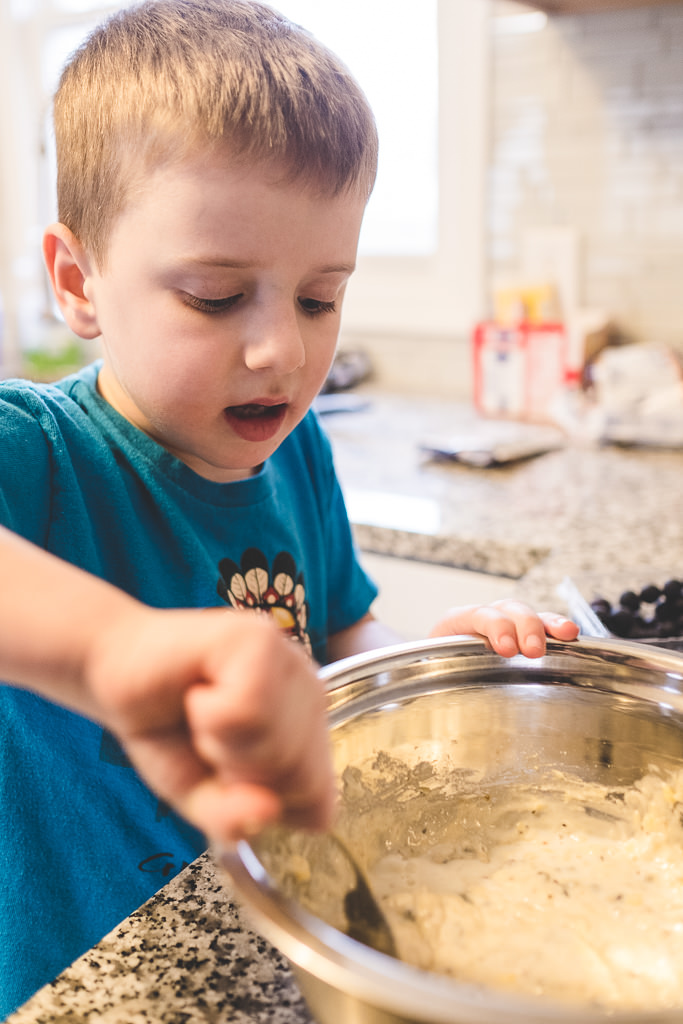Photography is a wonderful tool for storytelling. In photojournalism, you aim to tell an entire story in 1 frame so it can go on the cover of the Sunday paper. This is an excellent goal to strive for. I often see photographers new in their journey not giving enough context. It’s cool that you took a photo of someone with a sword but… why do they have the sword? Is it a performance? If so where is it? Is it just a costume? Or is there a man who thinks he’s a ninja and is terrifying people on the street? All of those instances bring up a completely different response on the viewers part.
Sometimes telling the whole story in a single frame is tough though! This is where a photo essay opens a whole world of possibilities. But just like a traditional essay, there are a few things you need to cover in order for it to still be interesting and compelling. Today we are going to go over the 5 photos you need to take for any photo essay.
1: The Establishing Shot.
This is the shot in movies from the outside of a house where the characters are inside plotting a bank heist, or the shot inside of a busy dimly lit restaurant where a couple are having their first date.This shot is important to give you context of where the action is taking place. For you this may be a wide shot of your kitchen with your child on a stool in front of a mixing bowl. It lets the viewer know where the action is happening and gives them a taste of what’s about to happen.
2: The Medium Shot.
Now that we know where the action is happening with the establishing shot, the medium shot gets closer to tell us WHO is participating in the action. This could be a waist up photo of your child with spoon in hand mixing away or adding in the chocolate chips into the cookie dough. On top of showing off who is participating in the action try and show off more of the action itself.
3: The Close Up
Ahhhh the infamous close up. This is the shot that can make or break the entire photo essay. We as humans are trained to look at and read other humans reactions. When someone is sad, you know they are sad. When someone is happy, you know they are happy. When someone is screaming with labor pains we feel sympathy. The close up gives our brains the info it needs to make a decision on how we should be feeling about the situation. So get close and pay attention to your backgrounds. Make sure the eyes go right to your subject and not to the mess in the background. Don’t be afraid to wait for the right moment. The look of anticipation for the cookies baking while illuminated by the glow from the oven light while looking through the glass. This shot should take you the most amount of time to capture.
4: The EXTREME Close Up.
I find this best used for details. Flour that spilled over into a tiny pile when your child missed the measuring cup. The dough on your child's fingers that they can’t wait to lick off. The measuring cup filled to the brim with milk or knife next to the stick of butter. These photos may not tell the whole story but the context they provide will be the icing on the cake (and no one likes un-iced cakes).
5: The Pay Off.
This shot is not always self explanatory as it does not dictate where the camera should be placed. Personally I like mine a bit wider than a close up. Sometime this is the reaction to the first bite of the cookie, other times this is a shot of just the cookie on the counter with a single bite taken out of it. Sometimes this is a photo of the freshly swaddled newborn baby, other times it is photo of the babies info of height, weight, name, etc with the family in the background. The pay off can be left up to interpretation and I love that.
What I love so much about this list is that no matter your skill level it gives you something to shoot for. Often when starting out, you can get so overwhelmed about what to shoot that you can take a million photos and still feel like a story is not being told. But if you try diligently to capture these 5 photos you will be sure to grow your skills of storytelling through your photography.












